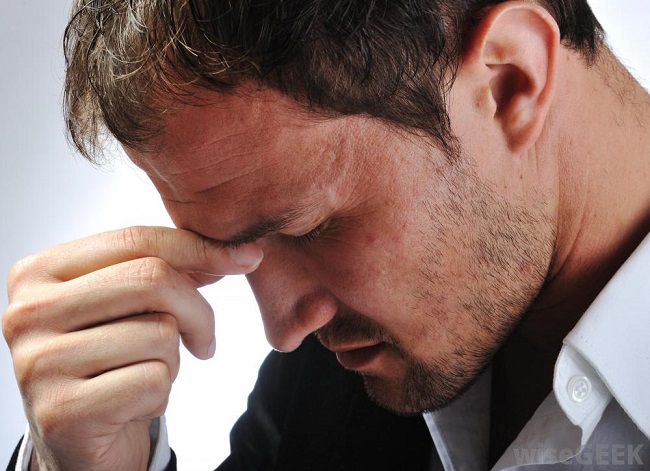We are in the height of summer and though it’s tempting to soak up as much Vitamin D as possible, one should also be careful of sunstroke. Despite sunscreen, there is such a thing as overexposure to the sun and that goes without saying. Sunstroke is a serious and life-threatening condition which can affect you even when indoors during unusually high temperatures. Here are 7 signs of sunstroke you need to know about.
1 What Is Sunstroke?
Sunstroke or heat stroke is caused by overexposure to the sun. In heat stroke, a body’s cooling mechanism fails increasing body temperature to 40 degrees Celsius or more. The biggest risk factor to sun exposure is between 10 am to 4 pm and in high temperatures. Indoor temperatures above 90 Celsius, when combined with high humidity, can also lead to heat stroke. Anyone can get heat stroke but it is children below 5 and elderly people over 65 who are at the greatest risk. Those obese or underweight also possess a higher risk of heatstroke.
Those with diseases such as diabetes hypertension, heart, and kidney or respiratory problems should also be careful. Medication can also impact the body’s ability to regulate temperature. This includes prescription medication such as anticonvulsants, antidepressants, diet pills, antihistamines and beta blockers. Extra sun protection and precaution should be exercised when taking such medication.

Image Source: www.1mhowto.com
2 Throbbing Headache
A throbbing headache is a sign of sun exposure and has the rhythm of a drumbeat. The pain keeps getting intense with intervals of low-intensity pain in between. Pulsing at the temples or the forehead is a warning sign of sun exposure. If you experience a throbbing headache move away from the sun into shade. If you can go indoors, then do so. Apply a cold cloth immediately to your forehead. You can also rub an ice cube on your temple. Drink plenty of water because dehydration is an important factor when suffering from sunstroke.

Image Source: www.wisegeek.com